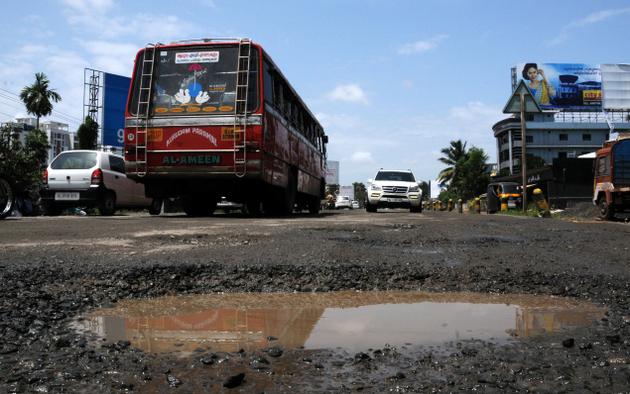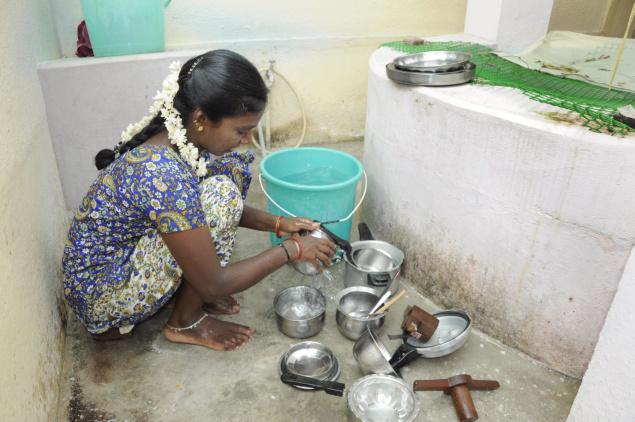Why Muslims should confront the IM :
The Hindu 31.07.2013. OPINION » OP-ED July 31, 201 Why Muslims should confront the IM : ------------------------------------------------------ ASHISH KHETAN. The Indian Mujahideen are for real, and investigators have more evidence about them than they would have us believe : --------------------------------------------------------------------------------------------------------------------- There is an overwhelming body of evidence available with Indian investigative agencies to show that between 2003 and 2008, a group of Muslim extremists who called themselves Indian Mujahideen (IM) went about bombing temples, trains and marketplaces, even as the police across India kept implicating dozens of innocent Muslims in these incidents. Thirteen Muslim youth, mostly from the Students Islamic Movement of India (SIMI), were falsely implicated in the 2006 Mumbai train blasts. About half-a-dozen SIMI activists were implicated in the Jaipur blasts of 2008. More than a doze...


